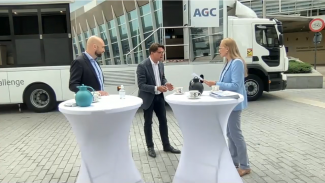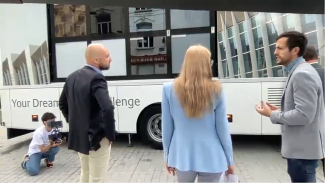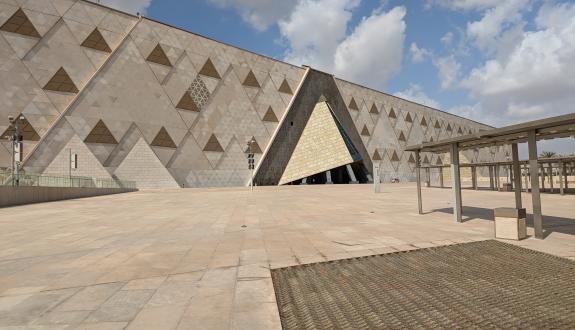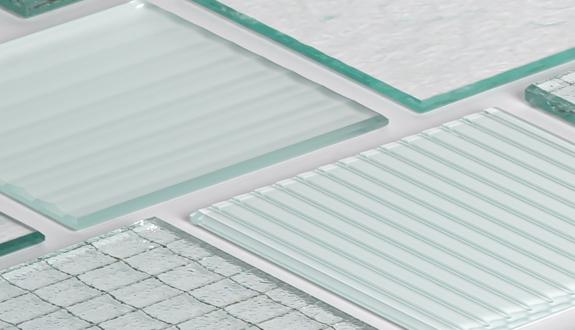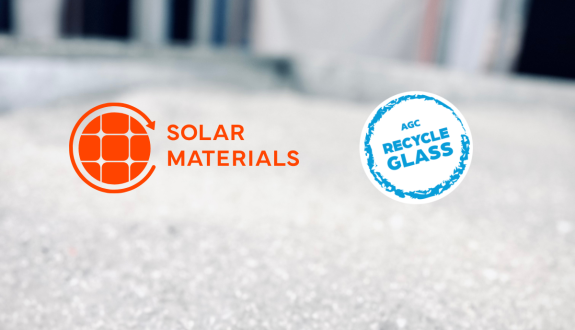A Coffee Break with Commissioner Simson to talk BIPV
Just a few days before the “Fit for 55” package, the EU-based value chain for Building Integrated PhotoVoltaics (BIPV) met yesterday with the European Commissioner for Energy, Kadri Simson, outside the Berlaymont building.
Leading a grass roots campaign of > 200 European BIPV value chain partners (ranging from Academia to SMEs), ISSOL and AGC Glass Europe handed over a letter to Commissioner Kadri Simson asking for better recognition of BIPV in EU policies.
By driving a BIPV Shuttle in front of the European Commission’s headquarters, they were also able to showcase some of the most recent BIPV technologies - among which a perfect copy of a typical Berlaymont “louver” with PV-cells integrated in them. This prototype served as an example of the enormous potential that BIPV must decarbonize EU’s building stock.
Did you know that if all louvers on the European Commission’s Berlaymont building were to be equipped with BIPV, as much as 3,09 GWH/y could be generated? That is the equivalent of the yearly electricity consumption of approximately 800 households! With the current electricity prices, it would lead to a revenue of €3.223.240 in 10 years, easily outweighing its investments.
But there are many other new and innovative applications of BIPV enabling building materials to contain PV cells - and this will help transform the whole EU building stock into a de facto energy generator. To be able to achieve the objectives of the Renovation Wave – e.g. renovating 35 million buildings by 2030, creating up to 160,000 additional green jobs in the construction sector and the EU’s overall aim of reducing 60% of GHG emissions in buildings, as well as their energy consumption – we must aim for the mass deployment of all kinds of solar applications. So, not only on roofs but also those on building facades, including BIPV.
BIPV can be added to existing building facades by way of aesthetically attractive, non-intrusive renovation. This creates European and local green jobs; more so than with standard PV products. The EU BIPV value chain is ready to contribute and calls upon the European Union to recognize and specifically mention BIPV as readily available solutions within EU policies and in the upcoming revisions of energy-related EU Directives.
During exchange, the Commissioner took the time to look at the BIPV samples available in the shuttle, while discussing the importance of the energy transition, as well as the transition of the built environment and the important role of BIPV in that regard.
Quote from Olivier Demeijer (Managing Director of ISSOL, a Belgian BIPV SME): ‘’Next week, the European Commission will launch the “Fit-for-55” package and we felt this is the right moment to hand over our letter to Commissioner Simson. BIPV’s potential is huge and can replace any conventional building material, even on protected cultural heritage buildings. BIPV building materials going into new and renovated EU buildings can already save up to 7 million tons of CO2 each year.’’
Quote from Niels Schreuder (Public Affairs & Communication, flat glass leader AGC Glass Europe): “To reach the EU targets for energy efficiency in buildings and for an increasing share of renewable energies we need as much photovoltaic as possible, and roofs are just not enough. We need to look beyond the roof to the rest of the building. That is where the BIPV as a technology for facades comes in.”
Quote from Energy Commissioner Simson: ‘‘We welcome the open letter from 200 associations, SMEs and universities calling for better recognition of Building-Integrated Photovoltaics. We need new innovative solutions like BIPV. In order to meet the European Green Deal goals, our policies must include different types of solar technologies’’.
Share this page
AGC Glass Europe
Niels Schreuder
Public Affairs & Communication
Mobile: +32 497 621 595
Niels.Schreuder@agc.com
AGC Glass Europe, a European leader in flat glass
AGC Glass Europe produces, processes and markets flat glass for the construction industry (external glazing and interior decoration), car manufacture and other industrial sectors (transport, solar power and high-tech). It is the European branch of AGC, a world leader in flat glass. It has over 100 sites throughout Europe and employs around 13,000 employees.
More information on www.agc-glass.eu (corporate site), www.agc-yourglass.com (glass for the construction industry) and www.agc-automotive.com (for the automotive industry).
